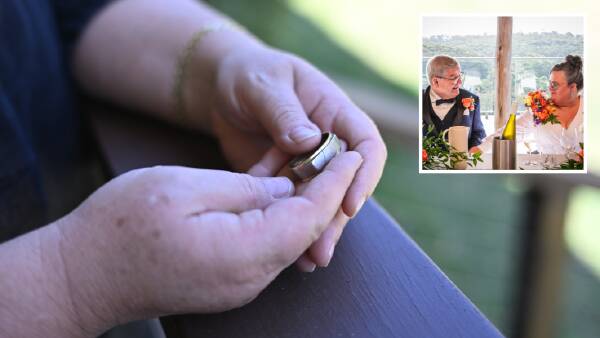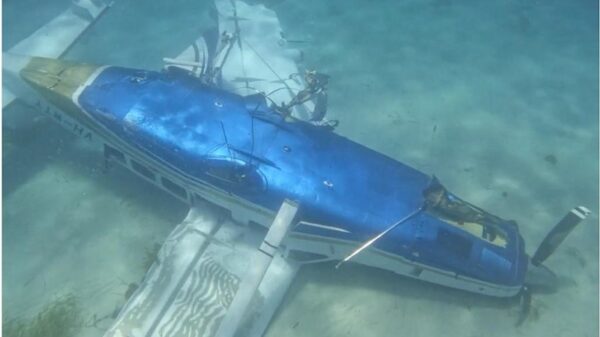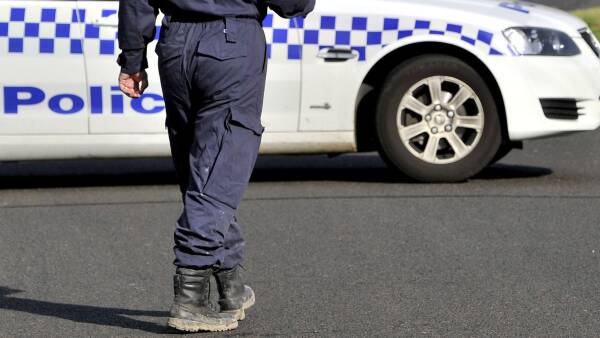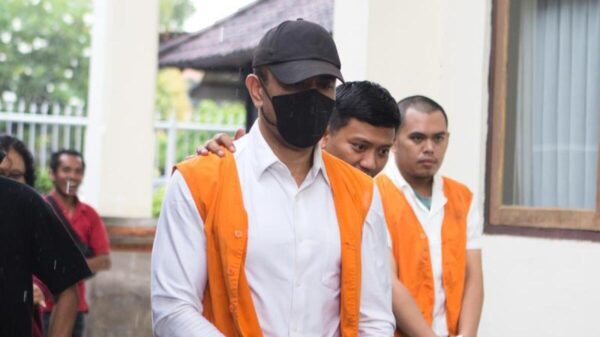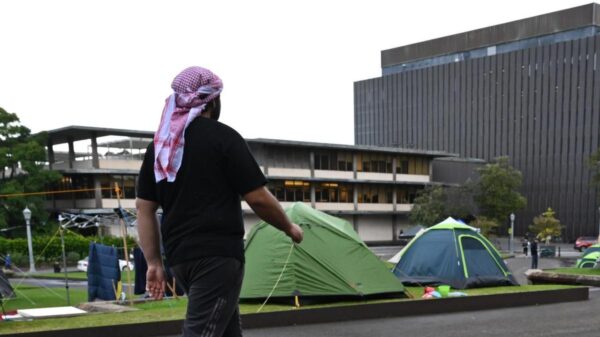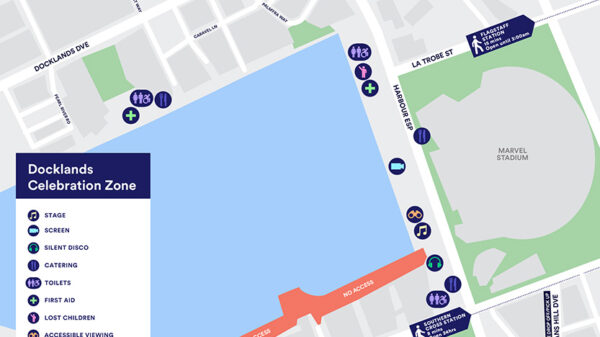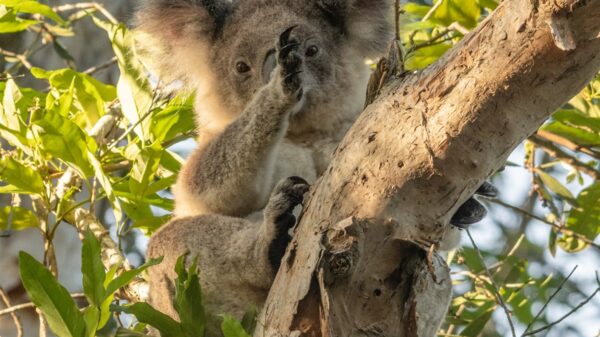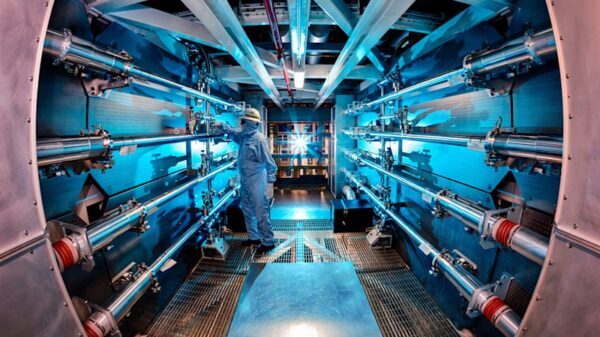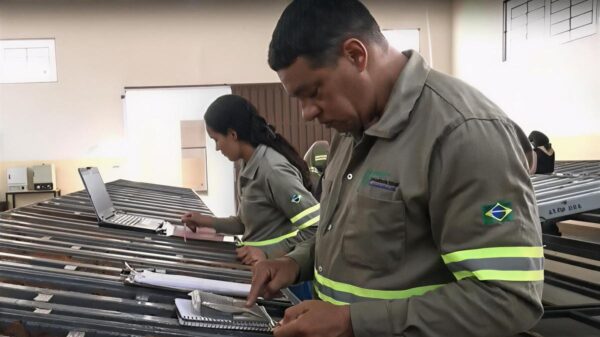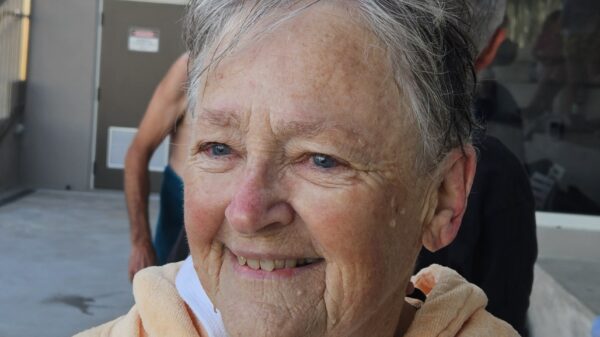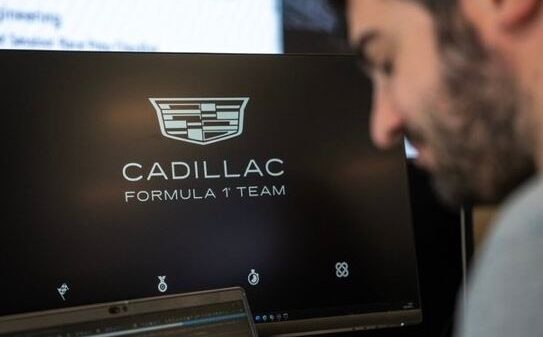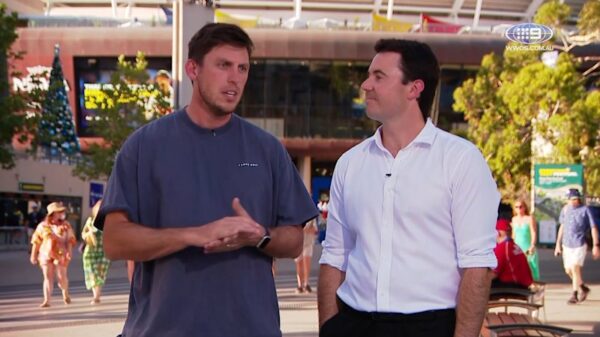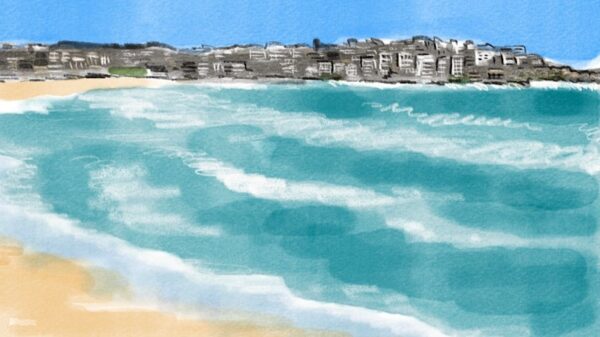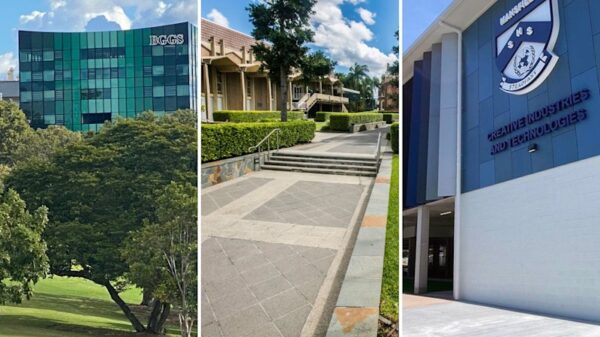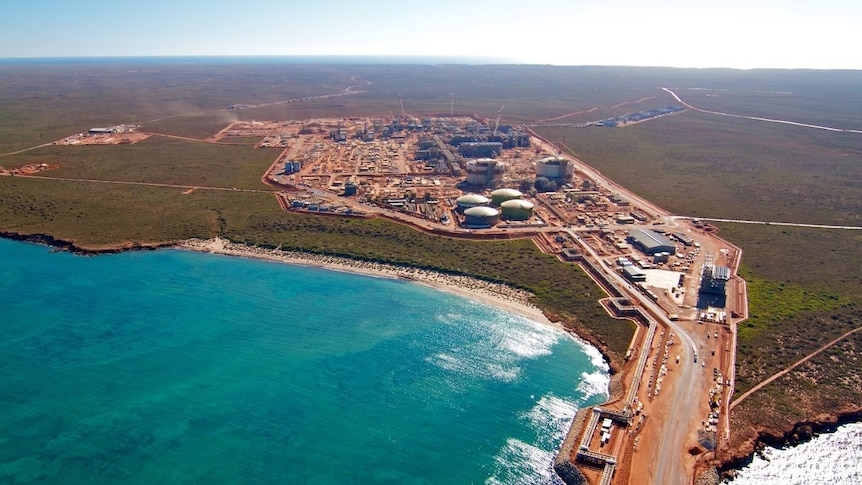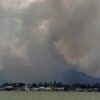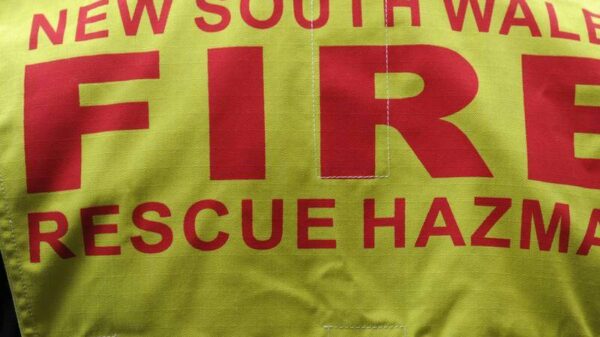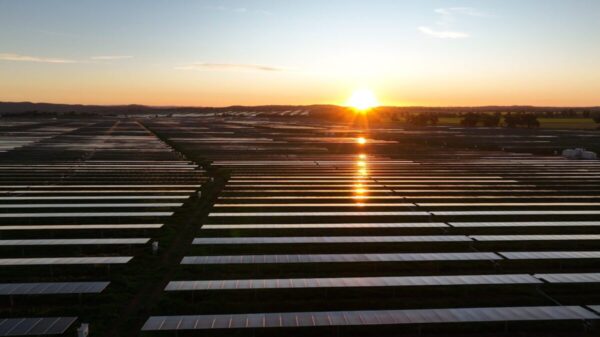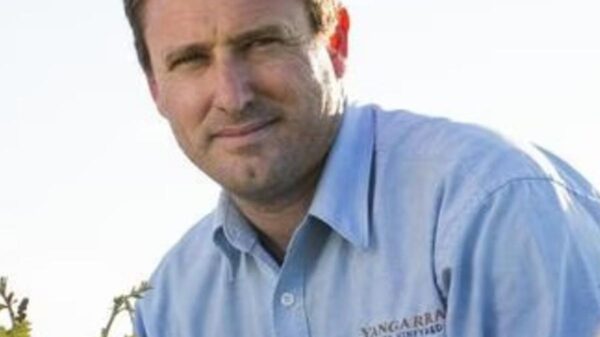A recent gas leak on Barrow Island has sparked significant scrutiny of the oil and gas industry in Western Australia. The incident occurred as Chevron confirmed it detected an unknown amount of gas leaking from underground into the island’s groundwater and surface. This revelation comes shortly after Chevron ended oil production at the site in mid-May and as it prepares for decommissioning.
Chevron’s spokesperson stated, “As part of detailed planning for the decommissioning of WA oil infrastructure, data analysis has indicated an environmental risk from the subsurface migration of hydrocarbons, primarily gas.” The company has notified relevant regulatory agencies and is collaborating with them to develop a comprehensive investigation program.
The extent of the gas leak is still under investigation by the Department of Mines, Petroleum and Exploration. A spokesperson from the department noted that the full impact of the leak remains unknown. This incident coincides with Woodside’s decommissioning of the offshore Griffin oil and gas field, highlighting concerns regarding the aging infrastructure in the region.
Calls for Improved Regulation and Funding
Greens MLC Sophie McNeill described the incident as “deeply concerning,” emphasizing that aging offshore oil and gas structures can rupture, leading to environmental contamination from chemicals and heavy metals. McNeill is advocating for increased funding for the decommissioning of oil and gas projects in the state. She urged the government to ensure that energy companies adequately clean up their sites and allocate sufficient resources for proper decommissioning.
While Chevron has not disclosed the estimated costs for decommissioning the Barrow Island project, it pointed to its ongoing work south of Barrow Island. There, the company has nearly completed dismantling infrastructure related to an oil project that ceased operations in 2014.
Political Responses and Industry Challenges
In response to the situation, WA Nationals leader and shadow mines and petroleum minister Shane Love is seeking further information from the state government regarding the Barrow Island incident. He asserted, “Any potential gas leaks or contamination should always be treated with the utmost seriousness.” Love also emphasized the importance of high standards in decommissioning practices, especially as aging oil and gas assets reach the end of their operational lives.
The recent incidents reflect a broader, nationwide issue as the lifecycle of offshore oil and gas infrastructure comes to an end. A study conducted by the Centre of Decommissioning Australia (CODA) estimates that the cost to plug the nation’s oil wells and remove underwater pipelines could reach approximately $60 billion. Most of the infrastructure slated for decommissioning is located in the Northern Carnarvon Basin, off the north-west coast of Western Australia.
In 2012, Western Australia became the first state to implement a levy for mining companies to fund the rehabilitation of abandoned mine sites. However, this levy did not extend to offshore oil and gas producers. A review of the Mining Rehabilitation Fund in 2024 suggested expanding the fund’s scope to include oil and gas sites both on land and within state waters, although the report itself did not endorse the proposal.
When questioned about the possibility of widening the fund’s scope or requiring energy companies to contribute a separate levy, Mines and Petroleum Minister David Michael stated that existing laws and regulations are adequate. He reiterated that the state government has the authority to direct operators to fulfill their decommissioning and rehabilitation obligations, pointing out that updated policies for the industry were released last year.
As the energy sector grapples with these challenges, the recent gas leak at Barrow Island serves as a critical reminder of the need for stringent oversight and proactive measures in ensuring environmental integrity during decommissioning processes.

